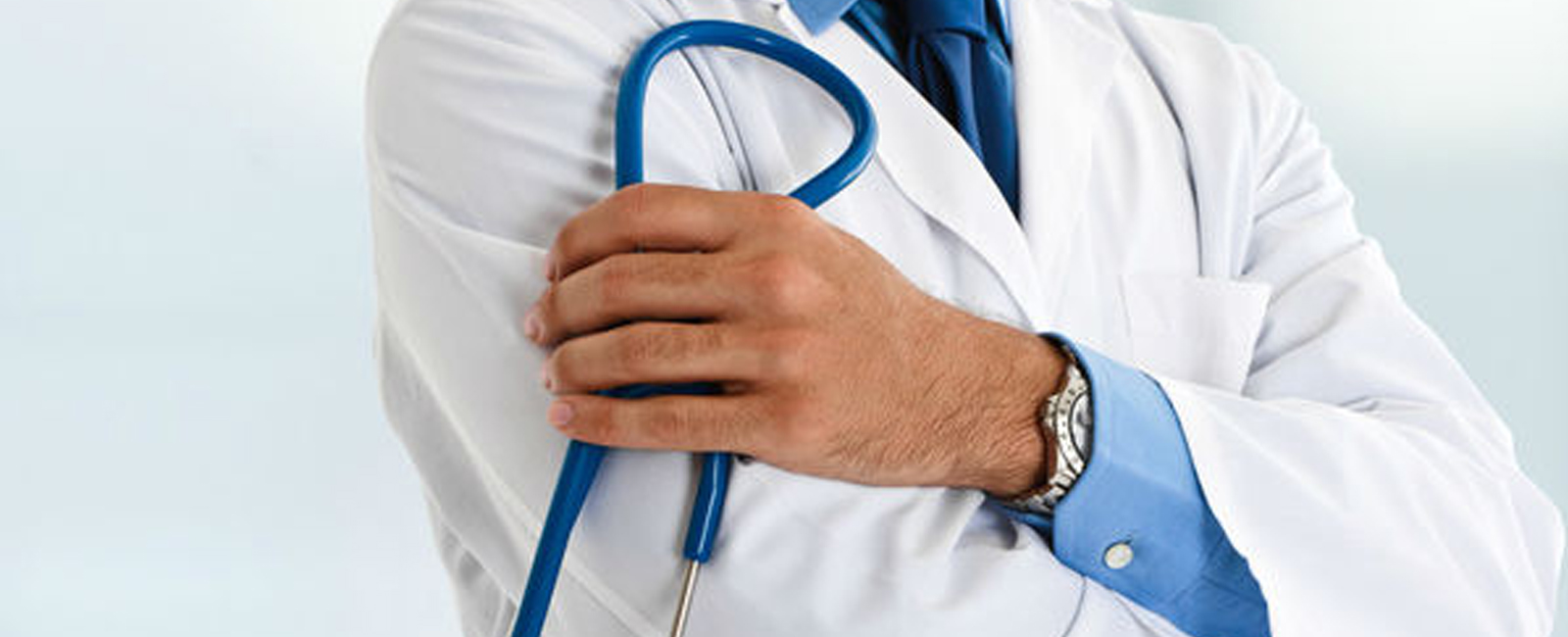Clinical Skill Lab
Simulated Learning: The lab provides a controlled environment for students to practice and refine clinical skills before working with real patients.
Hands-on Practice: Students engage in hands-on training for a wide range of clinical procedures, enhancing their confidence and competence.
Realistic Simulations: High-fidelity mannequins and simulators replicate real patient scenarios, allowing students to simulate various medical situations.
Interdisciplinary Training: Collaboration with other healthcare disciplines promotes teamwork and comprehensive patient care.
Standardized Patients: Incorporation of trained individuals as standardized patients provides students with opportunities for realistic interactions and history taking.
Clinical Scenarios: Scenario-based training exposes students to complex patient cases, preparing them for diverse clinical challenges.
Diagnostic Skills: Students learn to perform physical examinations, interpret clinical findings, and make accurate diagnoses.
Procedural Competence: Training in procedures like suturing, IV insertion, and intubation prepares students for practical clinical scenarios.
Communication Skills: Emphasis on patient communication, breaking bad news, and counseling skills enhances bedside manner.
Feedback and Evaluation: Constructive feedback from instructors and peers helps students improve their clinical skills and communication.
Clinical Reasoning: Problem-solving exercises and case discussions foster critical thinking and clinical decision-making.
Technology Integration: Use of advanced simulation technology, virtual reality, and task trainers for immersive learning experiences.
Ethical Training: Discussions on ethical considerations in patient care and informed consent are integral to the training.
Preparation for Patient Interaction: Equips students with the practical skills and confidence needed for effective patient interaction and clinical practice.
Bridge to Clinical Practice: The lab serves as a bridge between classroom learning and real-world patient care, ensuring students are well-prepared for clinical rotations and future medical practice.


